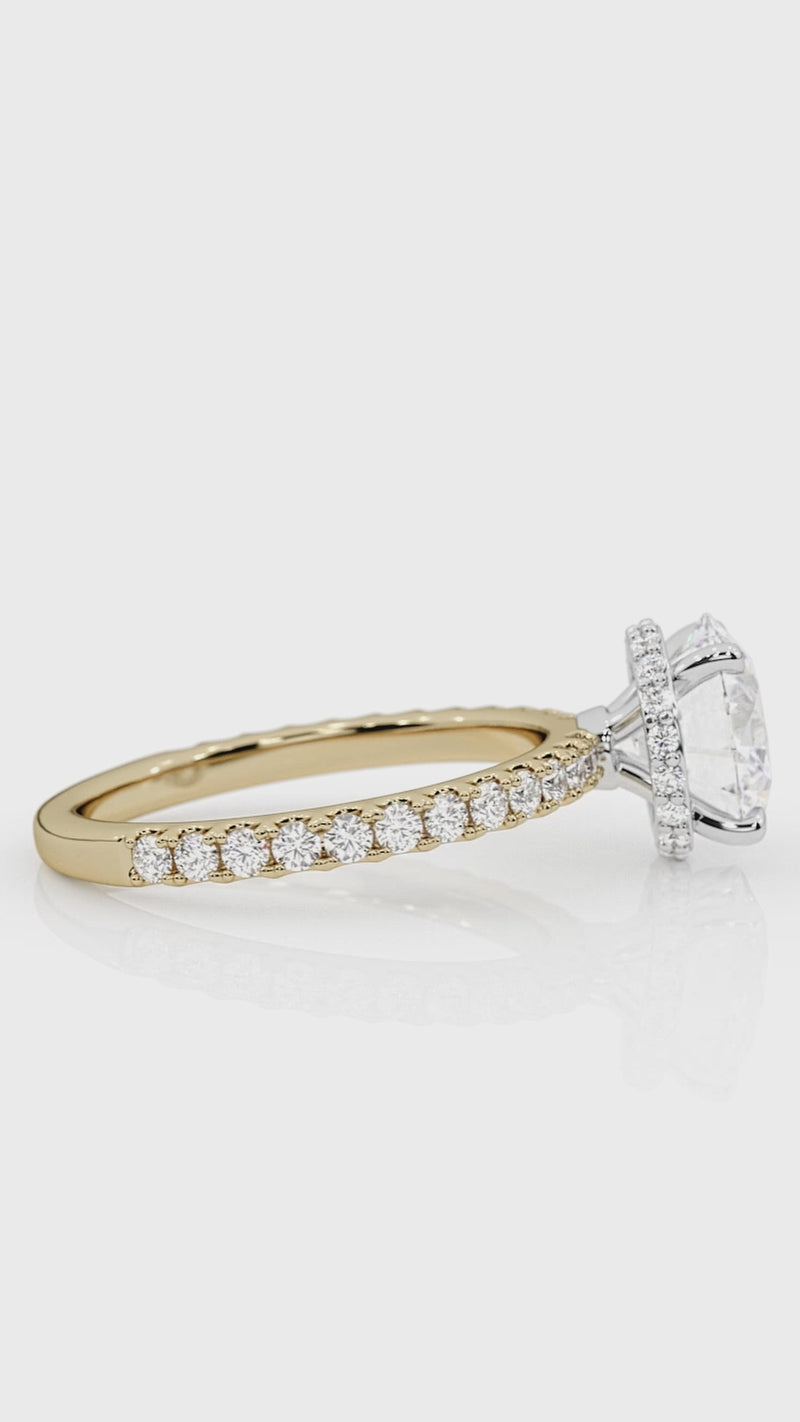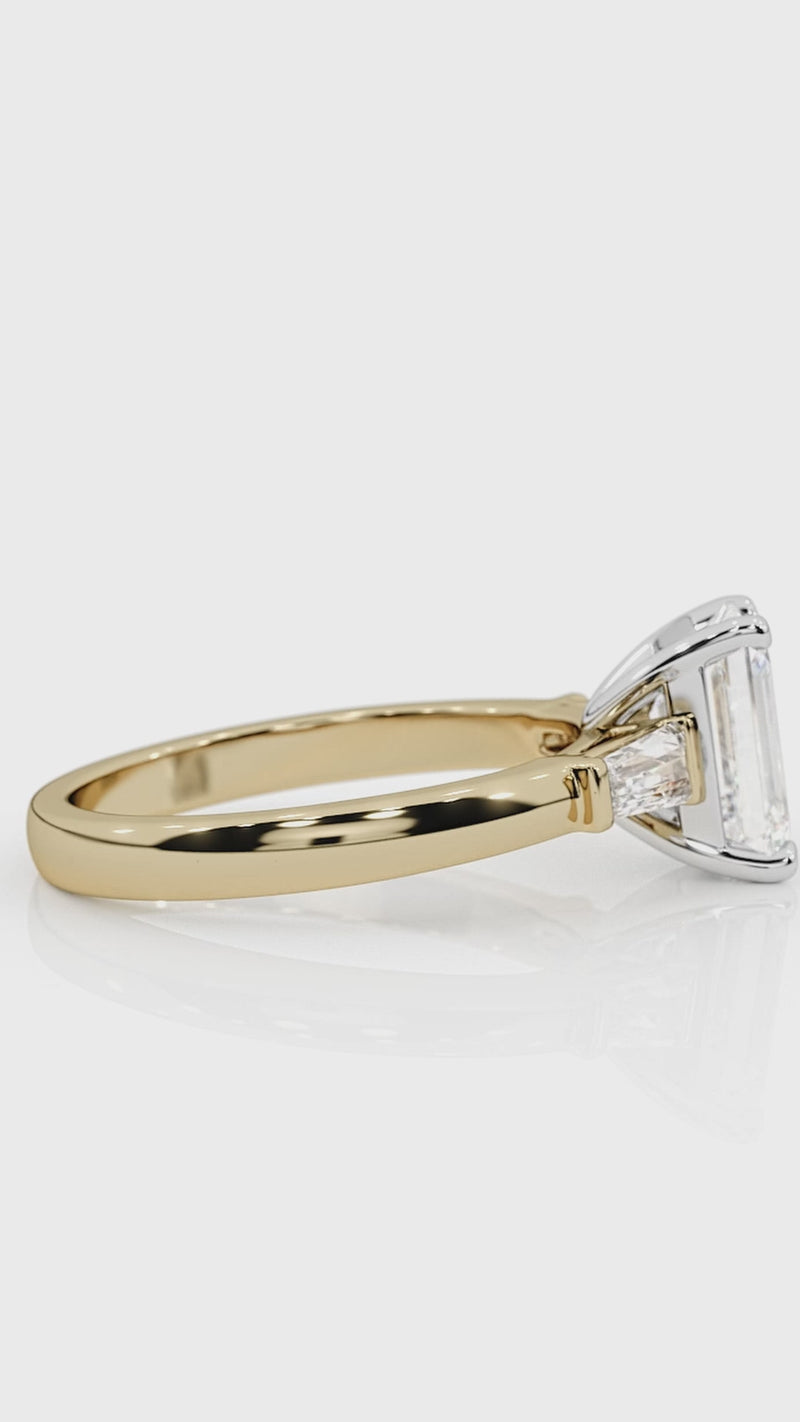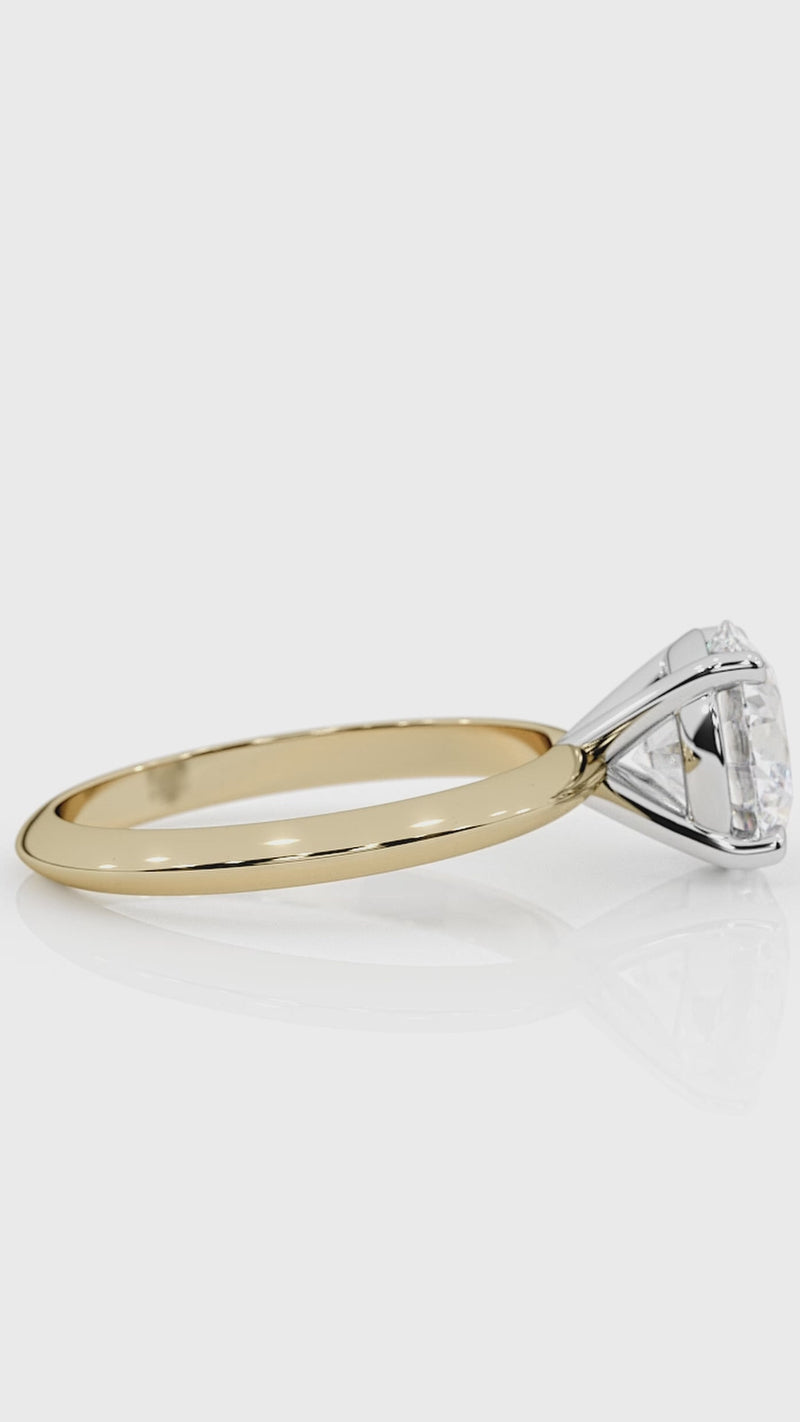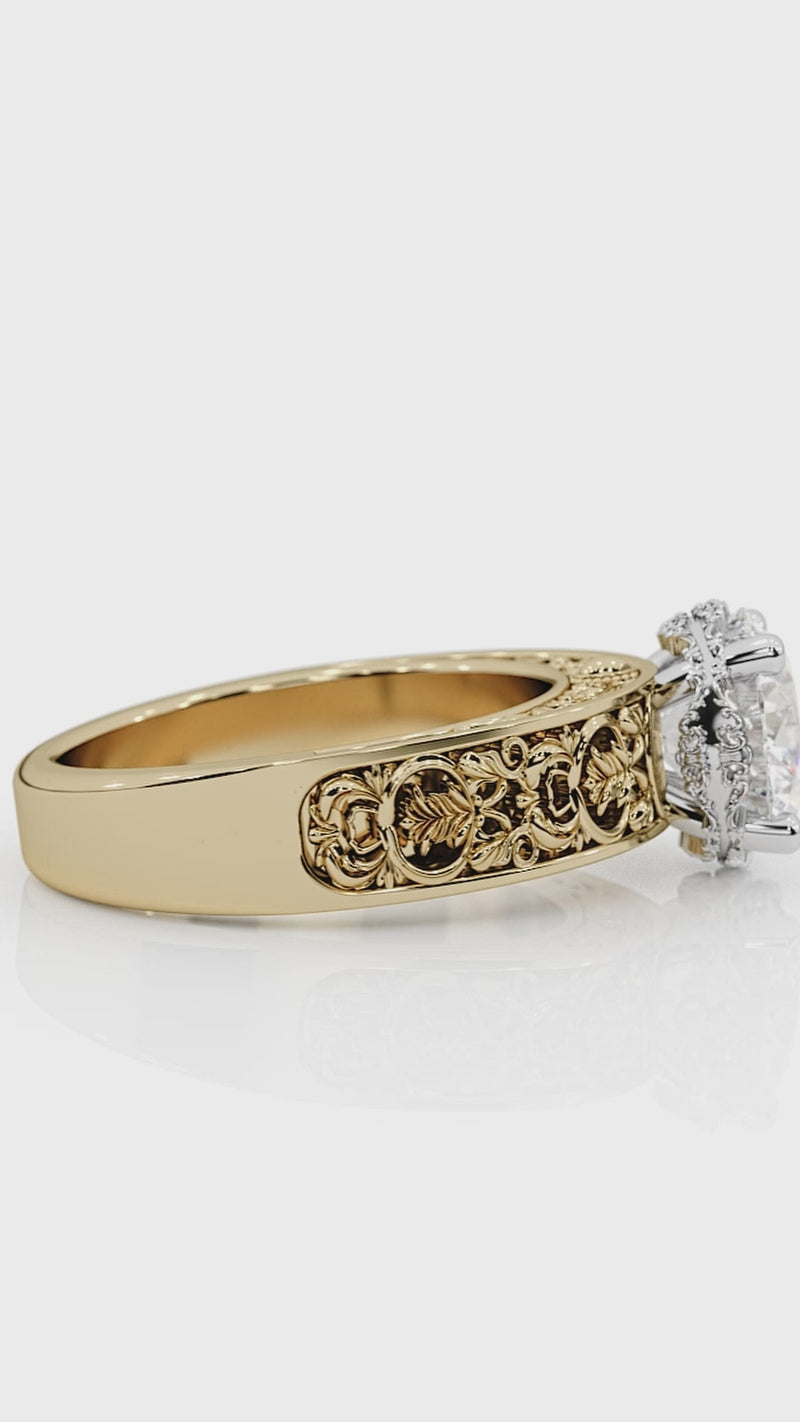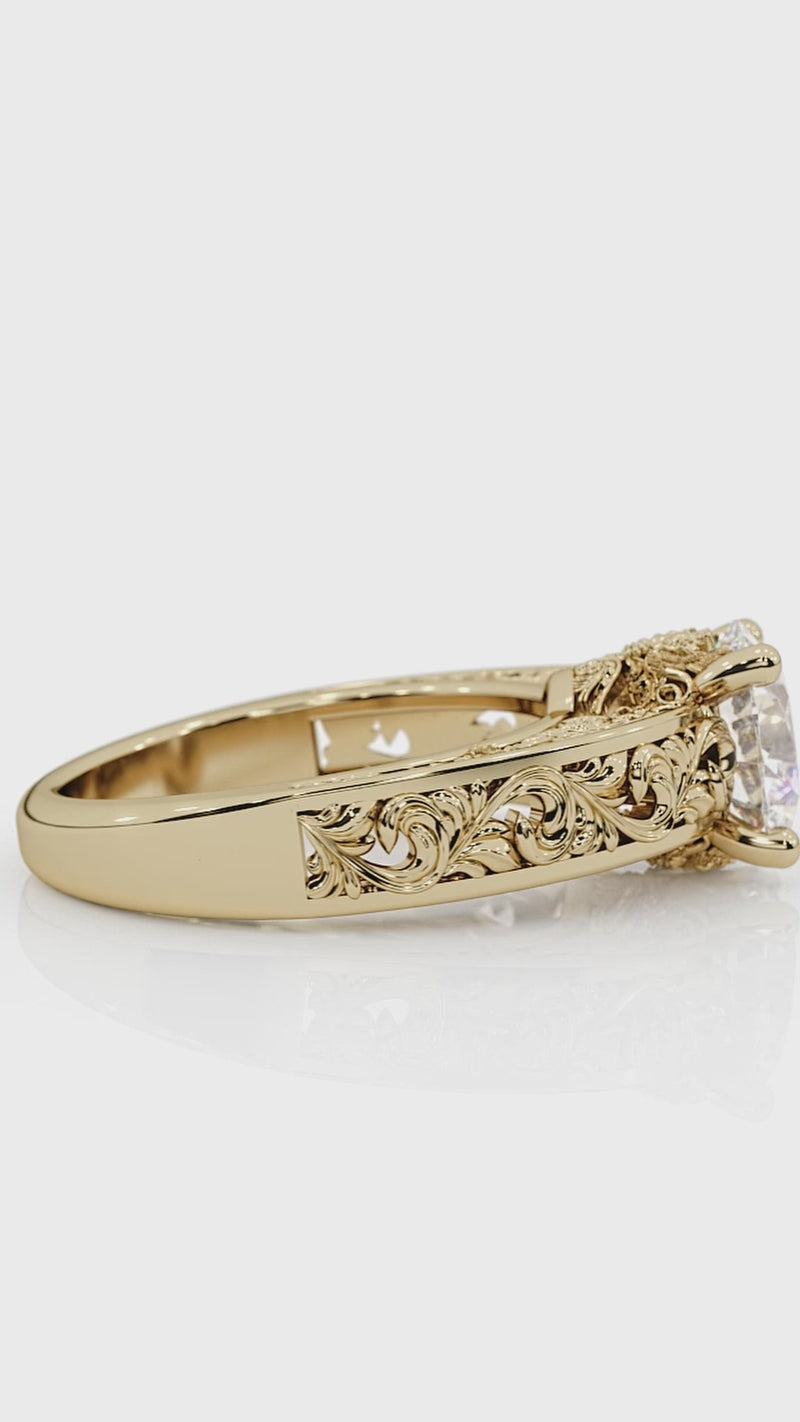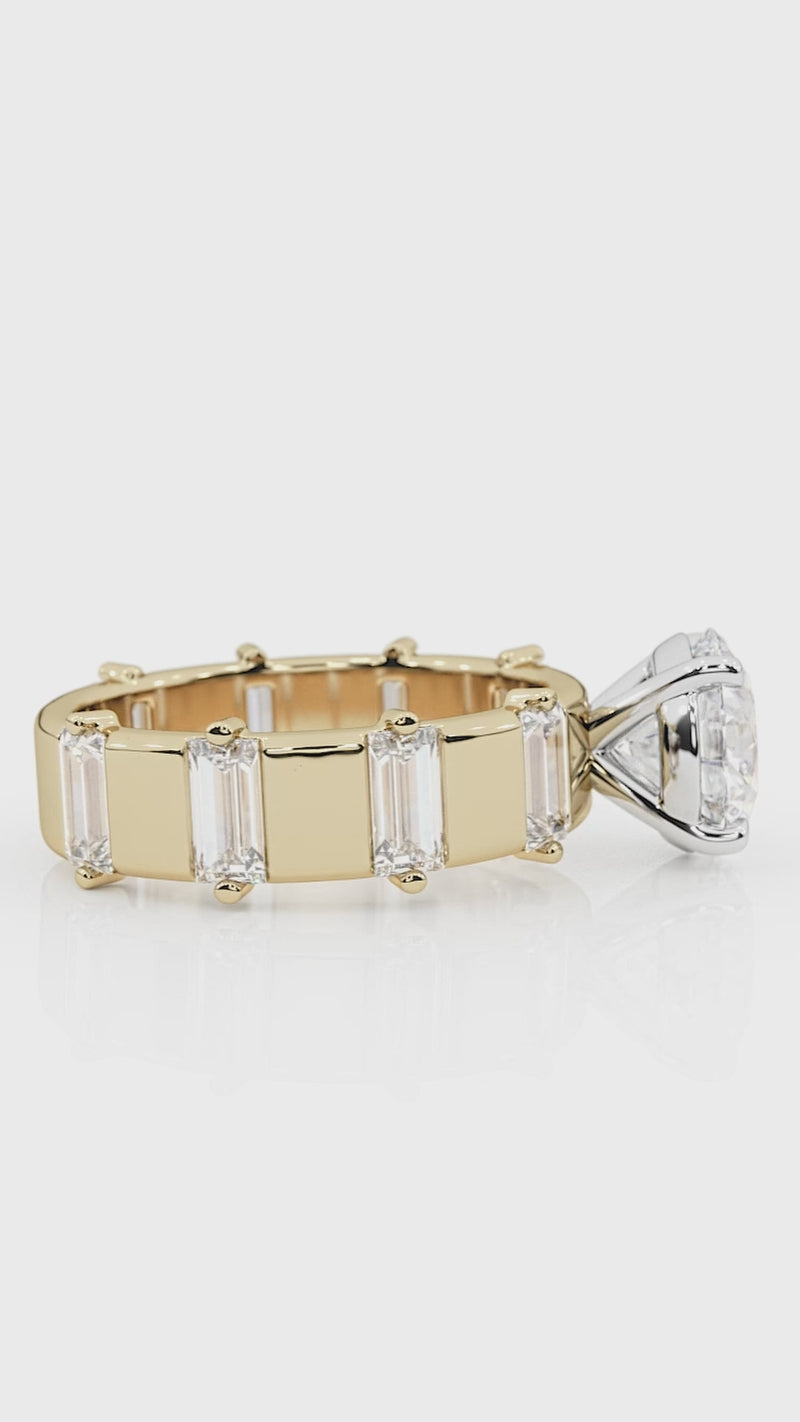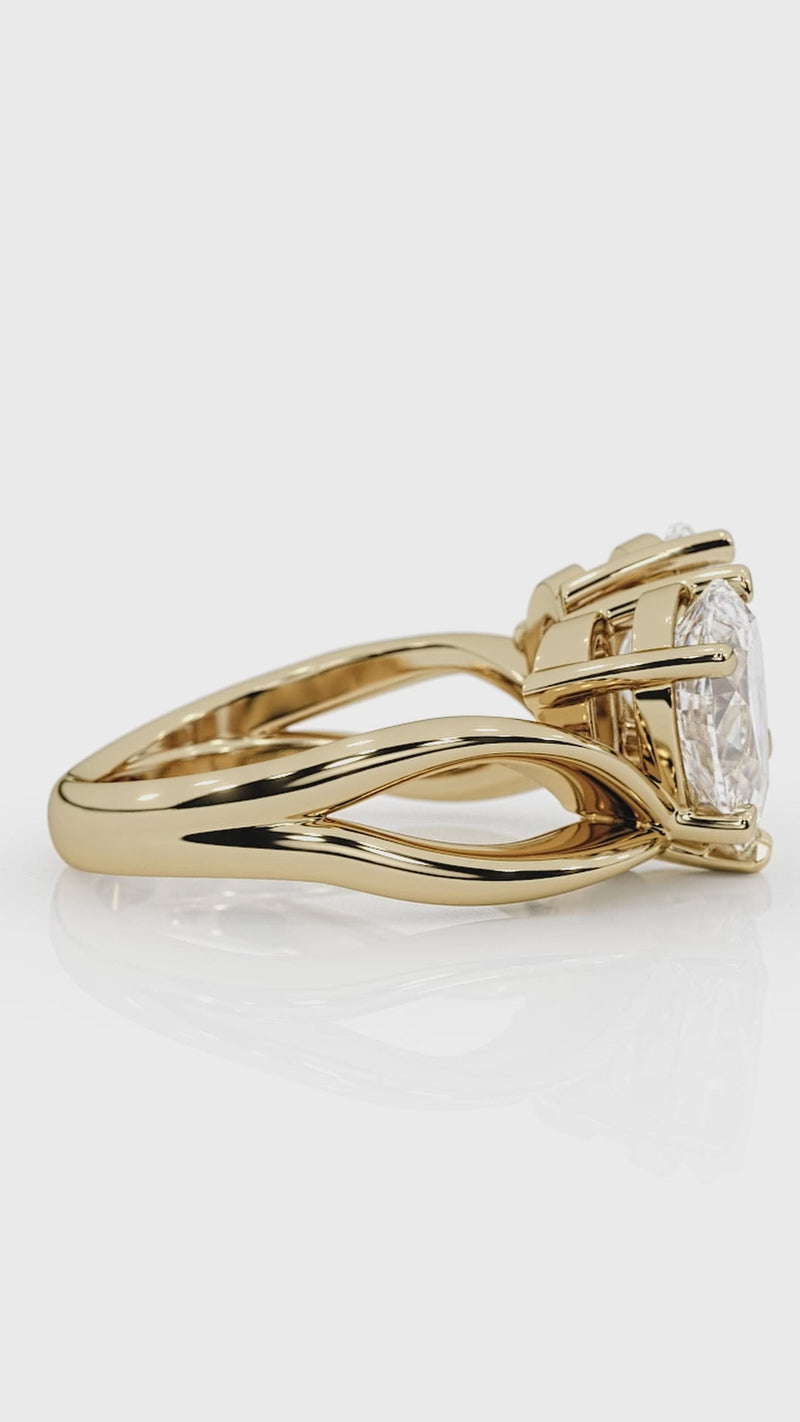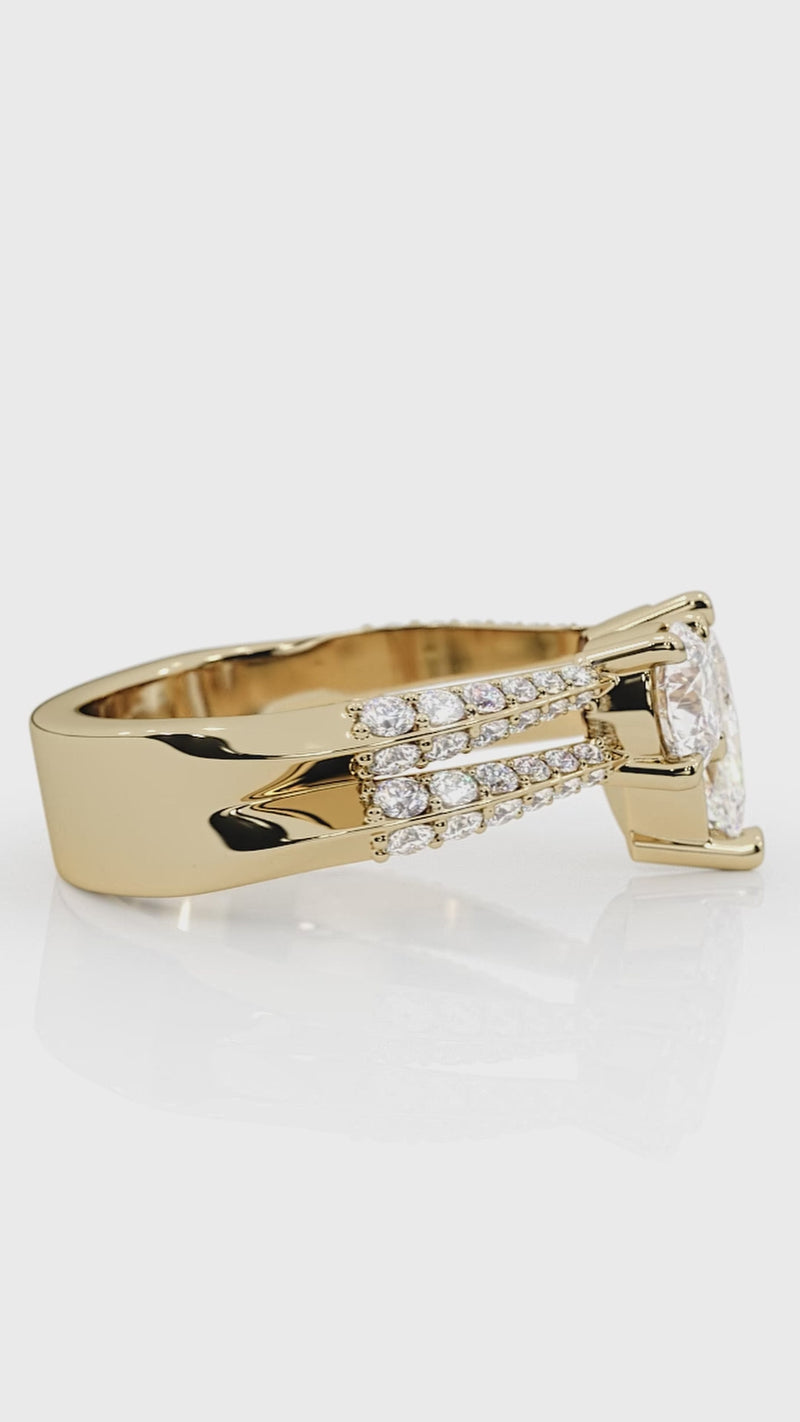Clarity, the Most Opulent of the 4 Cs
When jewelers and gem connoisseurs discuss diamonds, they invariably circle back to the 4 Cs: cut, color, clarity, and carat weight. Collectively, these four factors determine a diamond’s quality and value. Yet, one of these Cs often remains in the shadow of popular fascination—clarity. While many people fixate on carat weight or obsess over the perfect color grade, clarity is the quiet hero that not only influences a stone’s brilliance but showcases the diamond’s journey through countless millennia beneath the Earth’s surface. Below, we delve into the significance of clarity, illustrate why it deserves the spotlight, and examine how this subtle factor contributes to a diamond’s breathtaking opulence.
A Brief Introduction to Diamond Clarity
Ever look up the lyrics in a song to understand what VVS are? They're referring to highly graded diamonds on the clarity scale. Diamond clarity refers to the presence or absence of imperfections—both internal (inclusions) and external (blemishes). Over billions of years, diamonds are subjected to extreme heat and pressure. Tiny crystals, feathers, and other mineral traces can become trapped within the stone, creating an internal fingerprint. On the surface, scratches or nicks may form. These natural imperfections are not only testaments to the diamond’s origin story but also the primary measures of clarity.
Industry professionals rely on standardized grading scales—like that of the Gemological Institute of America (GIA)—to assign clarity grades. The GIA scale ranges from Flawless (FL) and Internally Flawless (IF) at the apex down to Included (I1, I2, I3) at the lower end of the spectrum. The higher up you go, the fewer (or smaller) these inclusions and blemishes become.
What Makes Clarity So Opulent?
-
A Window into Nature’s Perfection
Clarity grades can be seen as snapshots of a diamond’s epic geological journey. High-clarity diamonds showcase nature’s near-perfect craftsmanship, free of the imperfections inherent in most stones. A Flawless diamond is so rare and pure that examining it under magnification reveals no blemishes whatsoever. This extraordinary purity is a testament to nature’s most lavish artistry—and it comes at a premium cost. -
Captivating Brilliance and Sparkle
While cut remains the paramount determinant of how a diamond plays with light, clarity subtly enhances or constrains this performance. Inclusions can block or scatter light, diminishing a stone’s brightness and fire. Diamonds with high clarity grades allow light to dance through the stone with minimal interruption, yielding a sharper and more radiant sparkle. If cut is a diamond’s stage director, clarity is the script that ensures every ray of light is perfectly choreographed. -
Exclusivity and Prestige
Clear, near-flawless diamonds are by definition scarce. Their rarity makes them highly sought-after by collectors and investors. The psychological allure of owning something exceptionally pure and perfect cannot be understated. It’s an invitation into an exclusive realm of luxury, a conversation starter, and a piece of living history.
The GIA Clarity Scale: A Closer Look
- Flawless (FL): No internal or external imperfections at 10x magnification.
- Internally Flawless (IF): No internal imperfections; only minor external blemishes visible under 10x magnification.
- Very, Very Slightly Included (VVS1, VVS2): Extremely difficult to see inclusions, even by an experienced grader under 10x magnification.
- Very Slightly Included (VS1, VS2): Minor inclusions that can be detected under 10x magnification, but remain challenging to the untrained eye.
- Slightly Included (SI1, SI2): Noticeable inclusions under 10x magnification but generally not visible without magnification.
- Included (I1, I2, I3): Inclusions that are easily visible under 10x magnification and may be visible to the naked eye.
Diamonds in the upper brackets (VVS and above) often command a significantly higher price, showcasing that clarity is indeed a critical driver of value.
Balancing Clarity with Other Cs
- Cut: Even with high clarity, a poor cut can diminish a diamond’s radiance. A well-executed cut accentuates the stone’s optical performance, allowing its inherent clarity to shine through.
- Color: In diamonds graded “colorless” (D–F), inclusions are often more apparent, which makes clarity more critical. On the other hand, diamonds with a slight tint (G–J or beyond) may have inclusions that are less noticeable.
- Carat: Larger diamonds naturally reveal more inclusions because of their increased surface area. In a big stone, even tiny imperfections can become more evident.
Ultimately, it’s about balance and personal preference. For many, a slight compromise in clarity may be acceptable for a perfect cut or a larger carat weight, while others place purity above all else.
Unlocking the Magic of Clarity
A diamond’s clarity doesn’t just define its visual purity; it carries an aura that evokes wonder. When you scrutinize a higher clarity diamond, you’re not just looking at a gem—you’re peering into nature’s extraordinary track record. The fewer the interruptions in that crystalline lattice, the more freely light streams through, igniting a dazzle that recalls starlight trapped in stone.
Tips for the Diamond Shopper
-
Understand Your Priorities
Before you start your search, decide which C matters most to you. If clarity is a priority, understand how each grade differs and what trade-offs you’re willing to make regarding cut, color, and carat. -
Examine the Stone in Person
Photos and online descriptions can only go so far. Viewing the diamond under magnification and in different lighting conditions helps you better evaluate its clarity and overall appeal. -
Focus on “Eye-Clean”
In many clarity grades (e.g., VS2 or SI1), inclusions may be virtually invisible to the naked eye. If your goal is an “eye-clean” diamond rather than a microscope-clean one, you could save substantially without sacrificing noticeable quality. -
Request Certification
Always purchase from a reputable source and insist on a grading report from a respected laboratory such as GIA or AGS. This ensures the diamond’s clarity grade—and your investment—are accurately represented.
Clarity: The Connoisseur’s Choice
While cut often headlines discussions about diamond brilliance, clarity is the undercurrent that ensures the spectacle of light meets no internal obstructions. High clarity indicates a rare, near-pristine formation of carbon, a geological masterpiece that has defied time and natural turbulence to arrive at your fingertips. This extraordinary journey, encapsulated in a flawless or near-flawless stone, is what makes clarity so opulent.
In a world where size (carat weight) and color often take the spotlight, diamonds with impeccable clarity remain the connoisseur’s secret. They embody a subtle form of extravagance—the kind that whispers rather than shouts. If you’re searching for a diamond that tells a story of elemental precision and primeval elegance, turning to clarity as your North Star may lead you to the gem of your dreams.
In the grand theater of the 4 Cs, clarity stands out as the diamond’s most understated yet lavish characteristic. It captures nature’s perfect imperfections—or their absence—and invites connoisseurs to gaze deeper, marveling at the stone’s transparent beauty. To hold a flawless or near-flawless diamond is to hold an unblemished testament to Earth’s sublime power and artistry, making clarity the most opulent of them all.


